Question:1
What is the meaning of the following traffic sign?
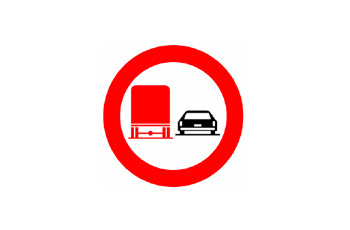
Category : Traffic Signs
Question:2
Which of the following sentences is correct, as regards to the behavior of pedestrian near an intersection:
Category : Safety
Question:3
What is the driver obliged to do according to the following picture?
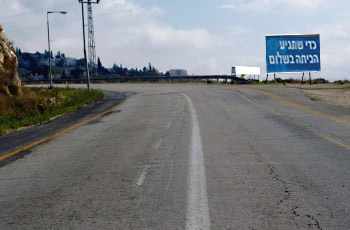
Category : Safety
Question:4
To which of the following should you give right-of-way when making a left turn in an intersection where no road sign is placed?
Category : Rules and Regulations
Question:5
What is the meaning of the following traffic sign?
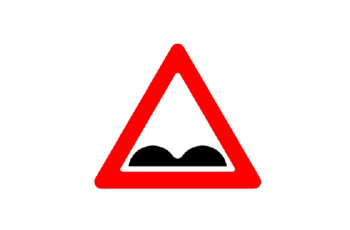
Category : Traffic Signs
Question:6
Which sign denotes a lane for Cyclists only. Cycle in the direction of the arrow?
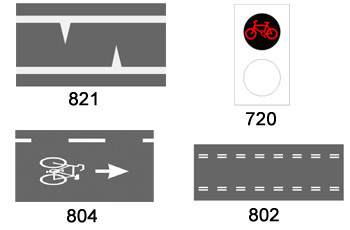
Category : Traffic Signs
Question:7
Where is it permitted to park LPG (Liquid Petroleum Gas) fuelled vehicles?
Category : Safety
Question:8
Why is it important for the vehicle to have intact bumpers (fenders)?
Category : Know Your Vehicle
Question:9
The width of a commercial vehicle (except for a vehicle with a refrigeration unit) shall not exceed:
Category : Rules and Regulations
Question:10
How can we prevent our vehicle from skidding?
Category : Safety
Question:11
To whom should a holder of a driver’s license or vehicle registration report a change of address within 15 days?
Category : Rules and Regulations
Question:12
On which vehicles is it permitted to carry a freight container longer than 610 cm?
Category : Rules and Regulations
Question:13
Define “bus”:
Category : Rules and Regulations
Question:14
Who is responsible for keeping the vehicle roadworthy at all times?
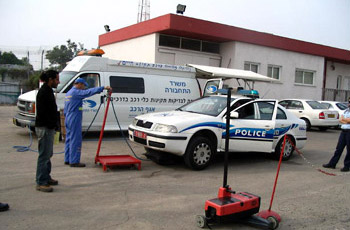
Category : Rules and Regulations
Question:15
Who is authorized to repair or set a taxi meter?
Category : Rules and Regulations
Question:16
A policeman has stopped a driver on the road.and demanded of him to take a breathyalyzer tests . Is the driver obliged to perform the test
Category : Rules and Regulations
Question:17
In what condition should the driver and vehicle’s document be kept?
Category : Rules and Regulations
Question:18
In a vehicle with a manual (regular) gearbox, it is important to adjust the gears:
Category : Safety
Question:19
What is the meaning of the following traffic sign?
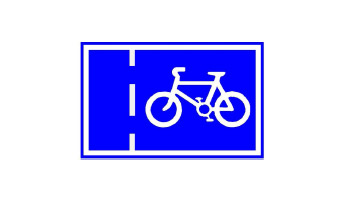
Category : Traffic Signs
Question:20
What is the definition of an “obsolete vehicle” in regard to private passenger cars?
Category : Rules and Regulations
Question:21
What is the statutory obligation to slow down which applies to drivers?
Category : Rules and Regulations
Question:22
What is the required conduct of a driver that exits a dirt road and intends to enter a paved road?
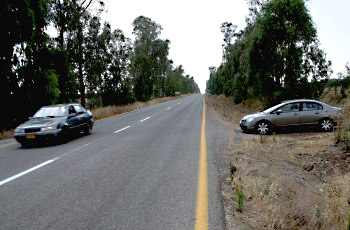
Category : Safety
Question:23
Which type of bulb would you use when required to change a bulb in the vehicle?
Category : Know Your Vehicle
Question:24
Which of the following vehicles must be equipped with a reverse-drive buzzer?
Category : Rules and Regulations
Question:25
What sign signifies a charging point foe electric vehicles?
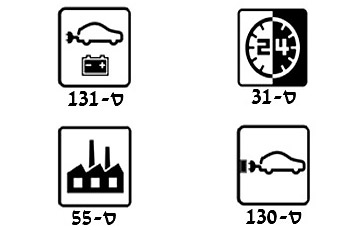
Category : Traffic Signs
Question:26
Where should a panoramic mirror be installed in a bus?
Category : Rules and Regulations
Question:27
What is the meaning of the following traffic sign?
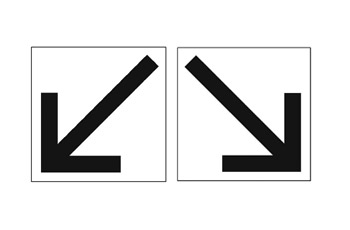
Category : Traffic Signs
Question:28
What should a driver do when he detects a safety failure in the steering wheel or brakes while driving?
Category : Know Your Vehicle
Question:29
What is the meaning of the following traffic sign?
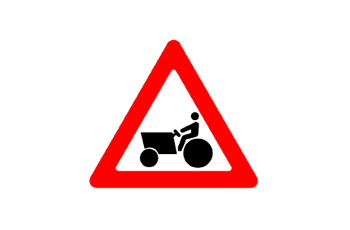
Category : Traffic Signs
Question:30
A paraplegic is driving it the city and is in a hurry to a scheduled medical examination :
Category : Rules and Regulations

